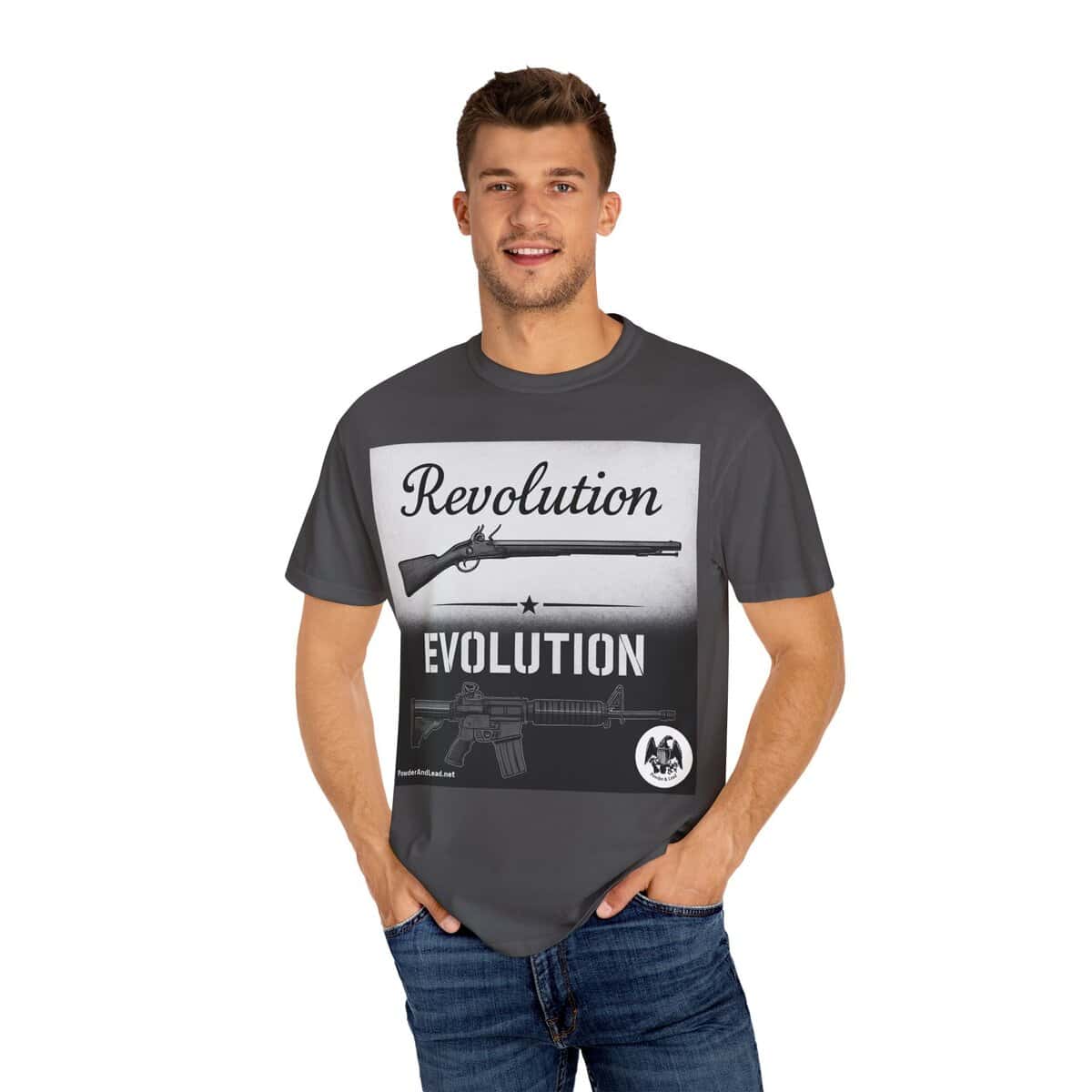
The Henry Rifle: The Lever-Action Firearm That Revolutionized Warfare and the American Frontier
The Henry rifle stands as one of the most revolutionary firearms in history. From its introduction in the early 1860s to its enduring legacy in modern reproductions, the Henry rifle set the stage for lever-action technology that would shape the future of firearms. This groundbreaking rifle changed the dynamics of war, provided unmatched firepower on the frontier, and left an indelible mark on American history.
The Origins of the Henry Rifle: From Volcanic to Winchester
The Henry rifle was not created in a vacuum; its roots trace back to earlier firearms innovations, particularly the Volcanic Repeating Arms Company of the 1850s. Founded by Horace Smith and Daniel B. Wesson, Volcanic attempted to produce a successful lever-action repeating firearm but suffered from underpowered ammunition and mechanical limitations.
In 1857, Oliver Winchester, a key investor in Volcanic, took control of the company and reorganized it as the New Haven Arms Company. Recognizing the potential for improvement, he assigned the company’s superintendent, Benjamin Tyler Henry, to refine the design. By 1860, Henry had successfully developed the .44 Henry Rimfire cartridge along with a vastly improved lever-action rifle to fire it.
Technical Features and Innovations
The Henry rifle, first manufactured in 1860, was a true game-changer in firearms technology. Unlike traditional single-shot muskets of the era, the Henry introduced a 16-round tubular magazine, allowing rapid, consecutive shots without the need for reloading after each discharge.
Key Specifications:
- Caliber: .44 Henry Rimfire
- Barrel Length: 24 inches (octagonal barrel)
- Capacity: 16-round magazine
- Action: Lever-action, breech-loading
- Material: Brass receiver, iron barrel and magazine tube
- Muzzle Velocity: ~1,125–1,200 feet per second (fps)
- Effective Range: Approximately 200 yards
The brass-framed design of the Henry rifle gave it a distinctive golden hue, but it was not just for aesthetics—brass was used because it was easier to machine than steel at the time. The lever-action mechanism allowed for a much higher rate of fire than contemporary muzzleloaders, giving Henry users a distinct advantage in combat and self-defense.
The Henry Rifle in the Civil War
The American Civil War (1861-1865) was the proving ground for the Henry rifle. While it was never officially adopted as a standard-issue weapon by the Union Army due to its high cost (roughly $50 per rifle, equivalent to over $1,500 today), many officers and soldiers purchased them privately.
Union Soldiers and the Henry Rifle
Several Union regiments became known for their use of the Henry, most notably the 7th Illinois Volunteer Infantry, which carried them into battle. The rifle’s impact was significant, and Confederate troops reportedly referred to it as:
“That damned Yankee rifle that they load on Sunday and shoot all week.”
One of the most famous engagements demonstrating the Henry rifle’s firepower was the Battle of Allatoona Pass (October 5, 1864). Here, a Union garrison under Major John Tourtellotte, heavily armed with Henry rifles, repelled a much larger Confederate force commanded by General Samuel G. French. The ability to fire rapidly without reloading was a key factor in the Union’s successful defense.
Post-War Adoption and the Evolution into Winchester
After the war, demand for the Henry rifle surged, particularly on the frontier. However, one of its main drawbacks was the lack of a loading gate, requiring users to load rounds from the front of the magazine. This made reloading cumbersome in combat situations.
Recognizing this limitation, Oliver Winchester took control of the New Haven Arms Company in 1866, rebranding it as Winchester Repeating Arms Company. The Winchester Model 1866, a direct successor to the Henry, introduced a side-loading gate (King’s Patent Loading Gate), which vastly improved the practicality of lever-action rifles. This design would evolve into the legendary Winchester Model 1873, widely known as “The Gun That Won the West.”
The .44 Henry Rimfire Cartridge: Power and Limitations
The Henry rifle was chambered in .44 Henry Rimfire, a self-contained metallic cartridge that was a major innovation at the time. However, while it provided a significant firepower advantage over muzzleloaders, it had its drawbacks:
- Muzzle Energy: ~568 foot-pounds, lower than most black powder rifle cartridges.
- Range: Effective within 200 yards, significantly shorter than the .58 caliber Minie ball used in rifled muskets.
- Rimfire Design: Non-reloadable, limiting long-term use and requiring fresh factory ammunition.
Despite these limitations, the .44 Henry Rimfire was lethal at short to medium ranges, making it ideal for cavalry, skirmishers, and defensive engagements.
Famous Users of the Henry Rifle
Nelson Story and the Montana Cattle Drive (1866)
One of the most legendary uses of the Henry rifle came from Nelson Story, a Montana cattle baron. In 1866, he and a group of armed cowboys drove over 1,000 longhorn cattle from Texas to Montana, carrying Henry rifles for protection. Despite threats from outlaws and Native American war parties, Story’s men successfully defended themselves, proving the rifle’s effectiveness in real-world survival situations.
Was Pat Garrett a Henry Rifle User?
A common misconception is that Pat Garrett, the lawman famous for killing Billy the Kid, used a Henry rifle. Historical records suggest that Garrett primarily used Colt revolvers and Winchester lever-action rifles (Model 1873 and later models). While it’s possible he encountered Henry rifles, no documented evidence confirms his personal use of one.
Modern Reproductions and the Henry Rifle’s Legacy
Today, the Henry rifle remains a prized collector’s item and a popular choice among historical firearms enthusiasts. Several companies manufacture high-quality reproductions:
- Uberti produces authentic replicas with brass receivers and the original front-loading design.
- Henry Repeating Arms manufactures modern versions, which retain the historical aesthetics but often feature improvements such as steel receivers and .44-40 WCF, .45 Colt, and .357 Magnum chamberings.
Conclusion: A Firearm That Defined an Era
The Henry rifle transformed 19th-century warfare and frontier survival, setting the stage for modern lever-action designs. Its influence is still seen today in the design of contemporary firearms, and its role in the Civil War and the Old West solidifies its place in history. Whether in the hands of Union soldiers, frontier cattlemen, or modern collectors, the Henry rifle remains an enduring symbol of American innovation, firepower, and resilience.
Read more here:
Henry Rifle Forums has a discussion group about Henry USA's reproduction of the Henry Rifle. Join the discussion here.
If you know of any forums or sites that should be referenced on this listing, please let us know here.





